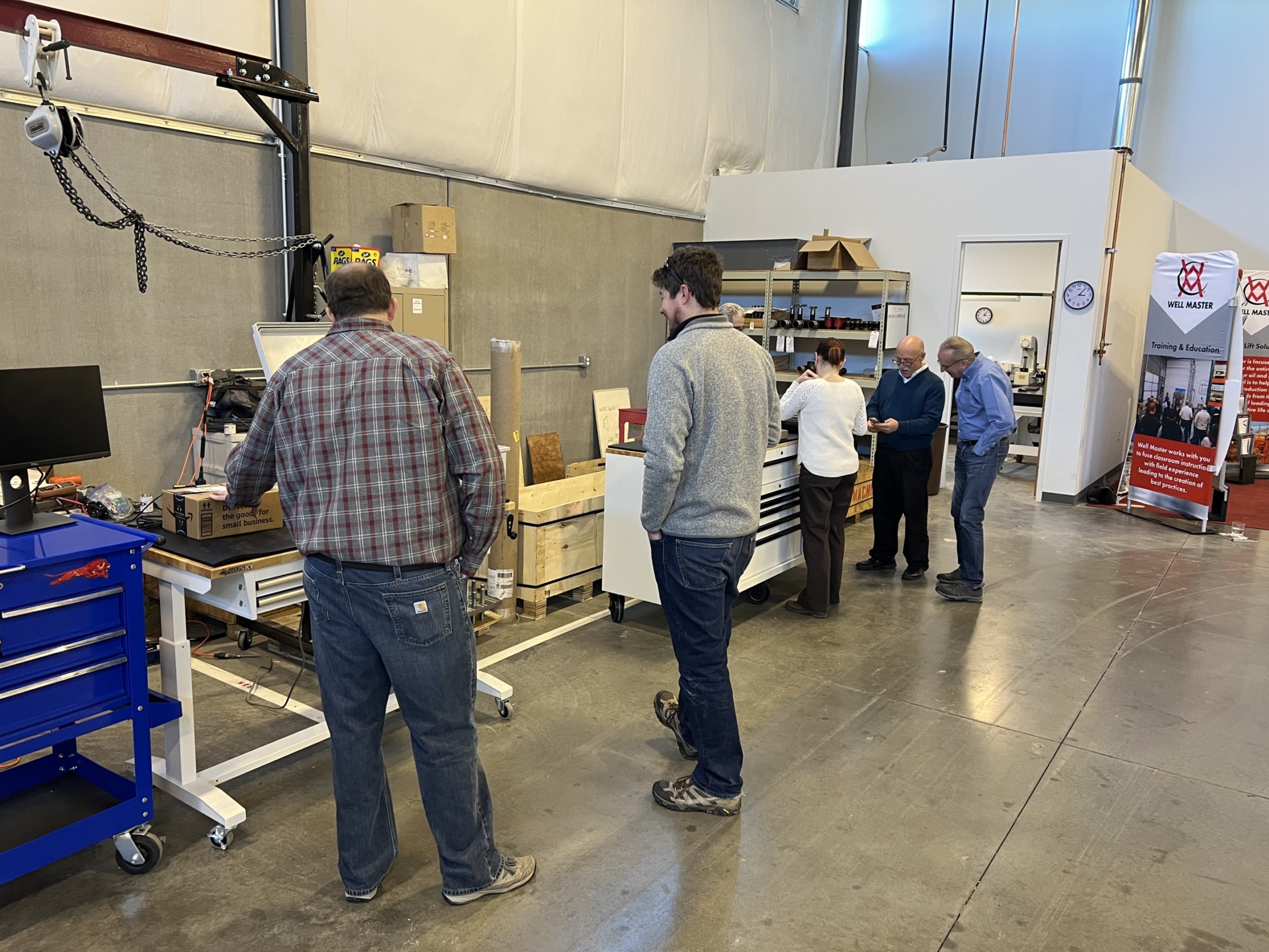Traditionally, plunger lift has been used in vertical oil and gas well production and operating knowledge is quite broad. However, today’s operators need a more comprehensive solution that includes horizontal and directional wells. Horizontal wells exhibit vastly different flow regimes, gas holdup and flow patterns than vertical wells. Operating plungers effectively through the heel portion of the well is an extremely challenging aspect as neither vertical nor horizontal models apply, and we have a continually changing geometry as we progress up hole.
Our comprehensive engineered approach includes well evaluation and tubing placement recommendations, the application of proprietary flow modeling methods to determine liquid loading rates, Computational Fluid Dynamics simulations to match plunger selection to flow characteristics, appropriate tool selection based on tubing placement and operating parameter recommendations for optimum performance.
Dynamic Seal Plungers
Problem: Highly inclined tubing (30-70 degrees) represents a very difficult challenge to operate a plunger effectively. Traditional bar stock and pad designs lay against the lower surface of the tubing, permitting gas pressure to be vented over the top of the tool, bypassing our driving energy and resulting in very inefficient lifting.
Solution: Well Master’s range of Dynamic Seal Plungers. Our Viper, Venturi Viper and Jetted Pad plungers bring several patented features together to create a rotating turbulent seal that is created instantly when the plunger is pressurized from below. These tools are able to raise off the lower surface of the tubing and begin rotating to create a turbulent barrier that harnesses the energy of our driving gas and ensuring a maximum volume of liquid is maintained above the plunger. The result is higher lift efficiency per cycle, even at inclinations near 70 degrees. Only Well Master can provide this security for your production.

Horizontal Specific Bottom-Hole Springs
Problem: Bottom hole spring assemblies have remained little-changed for decades. Horizontal wells most typically have tubing, which is set high relative to the perforations in TVD terms. Existing standing valve designs are incapable of retaining liquid beyond about 45 degrees inclination, rendering them ineffective at deeper set points and limiting the ability to reduce flowing BHP.
Solution: Well Master’s new HZ line of bottom hole springs with integrated high-inclination standing valves. Your BHS set point now just moved to effectively retain liquid at inclinations up to 70 degrees. We recommend combining this with a pressure relieving valve seat to have precise control on the maximum hydrostatic load. The result is much improved deliquification, lower flowing BHP capability and much more consistent and stable operation.
The Engineered Approach

Problem: Many operators try to apply vertical well knowledge and experience directly to their HZ wells. This very often results in failure to reach or maintain production targets and often sets off a chain of “trial and error” events, which wastes valuable time and resources. This negatively impacts cash flow, EUR and asset valuation.
Solution: Well Master offers comprehensive well assessments designed to assist operators in all aspects of applying plunger lift to HZ wells. Our customers routinely rely on us to help with determining optimum placement of production tubing, selecting appropriate tools based on the geometry and flow characteristics of the well, and recommending operating parameters. In addition, we offer a range of training services to help production teams improve their knowledge and build on best practices to optimize the financial performance of their assets.






